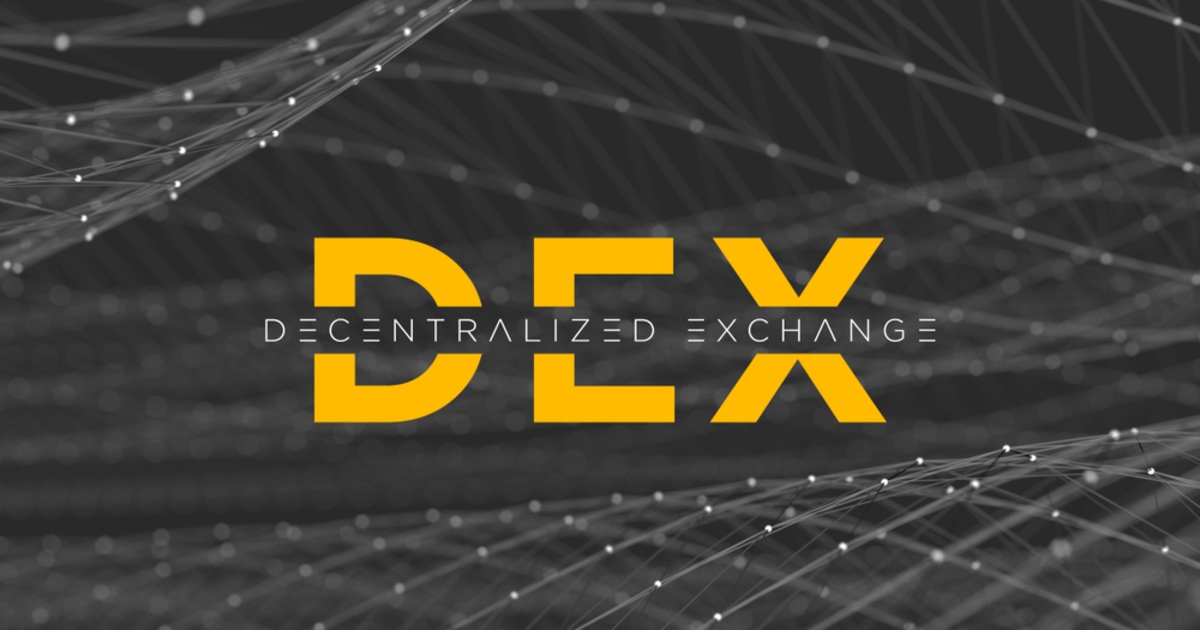In the dynamic world of cryptocurrency, the realm of exchanges stands as a pivotal gateway for traders, investors, and enthusiasts alike. While centralized exchanges have long dominated the landscape, decentralized exchanges (DEX) have surged in popularity, offering a paradigm shift towards community-driven, transparent trading platforms. Inspired by the principles and mechanisms of DEX, let's explore how to construct a successful crypto exchange with revenue at its core.
Understanding the DEX Model
Decentralized exchange development (or) Decentralized exchanges operate on blockchain technology, enabling peer-to-peer trading without the need for intermediaries. They embody principles such as transparency, security, and autonomy, fostering a trustless environment where users retain control of their funds.
Key features of DEX platforms include:
- Peer-to-Peer Trading: Direct transactions between users, eliminating the need for a central authority to facilitate trades.
- Liquidity Pools: Users contribute funds to liquidity pools, enabling seamless asset swaps at fair market prices.
- Non-Custodial: Users retain ownership of their assets throughout the trading process, mitigating risks associated with centralized custody.
- Transparency: All transactions are recorded on the blockchain, ensuring verifiability and accountability.
Revenue Strategies for a Successful Crypto Exchange
While DEX platforms prioritize decentralization and community empowerment, generating sustainable revenue remains crucial for long-term viability. Here are several strategies inspired by DEX models:
- Transaction Fees: Implementing nominal fees for trades conducted on the platform can generate revenue while ensuring the sustainability of operations. However, maintaining a delicate balance is essential to avoid deterring users with exorbitant fees.
- Liquidity Provider Incentives: Encourage users to contribute to liquidity pools by offering incentives such as yield farming rewards or a share of transaction fees. This not only enhances liquidity but also fosters community engagement.
- Tokenomics: Introduce a native utility token that serves various functions within the ecosystem, such as fee discounts, governance rights, or staking rewards. A well-designed tokenomics model can drive demand for the token, creating additional revenue streams.
- Premium Services: Offer premium features or advanced trading tools for a subscription fee. These services could include enhanced security features, personalized analytics, or access to exclusive market insights.
- Partnerships and Integrations: Collaborate with other projects within the crypto space, such as blockchain protocols, decentralized finance (DeFi) platforms, or decentralized applications (DApps). Integration partnerships can expand the reach of your exchange while opening up opportunities for revenue-sharing arrangements.
- Token Launchpad: Facilitate token launches and initial coin offerings (ICOs) for promising projects, providing a launchpad service in exchange for a percentage of the tokens issued. This not only generates immediate revenue but also establishes your exchange as a trusted launchpad within the crypto community.
Conclusion
Building a successful crypto exchange with revenue at its core requires a delicate balance between profitability and adherence to the principles of decentralization and user empowerment. By drawing inspiration from decentralized exchanges and implementing innovative revenue strategies, you can create a sustainable platform that serves the needs of traders while driving profitability and growth. Embrace the ethos of decentralization, empower your community, and pave the way for a new era of inclusive and profitable crypto trading platforms.
Contact our Experts Today:
See our Portfolio: https://rb.gy/9yza83
Skype - live:62781b9208711b89
Email Id - [email protected]
Telegram - https://telegram.me/Clarisco
Book a Free Demo - https://rb.gy/ssg21b





Comments